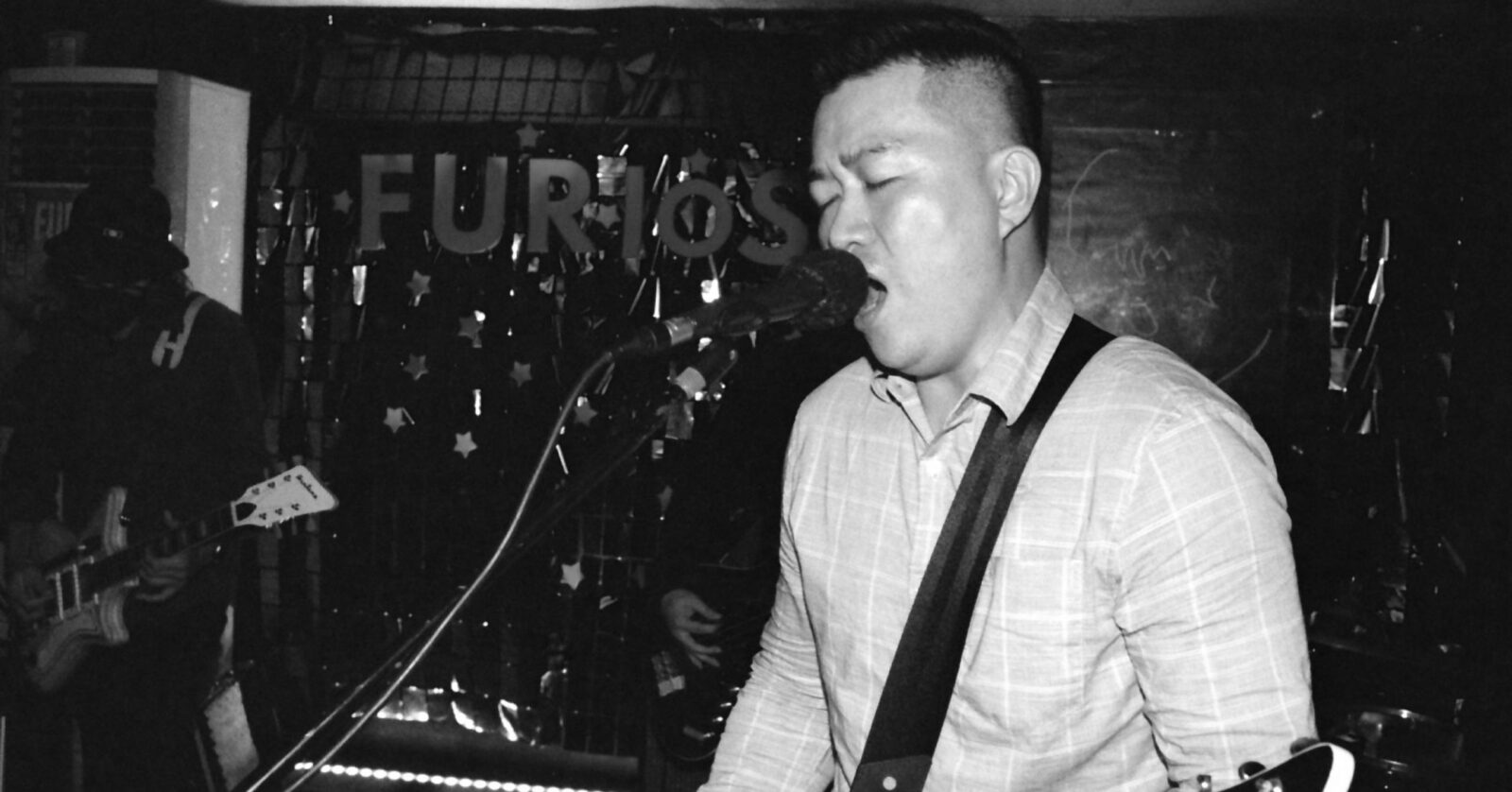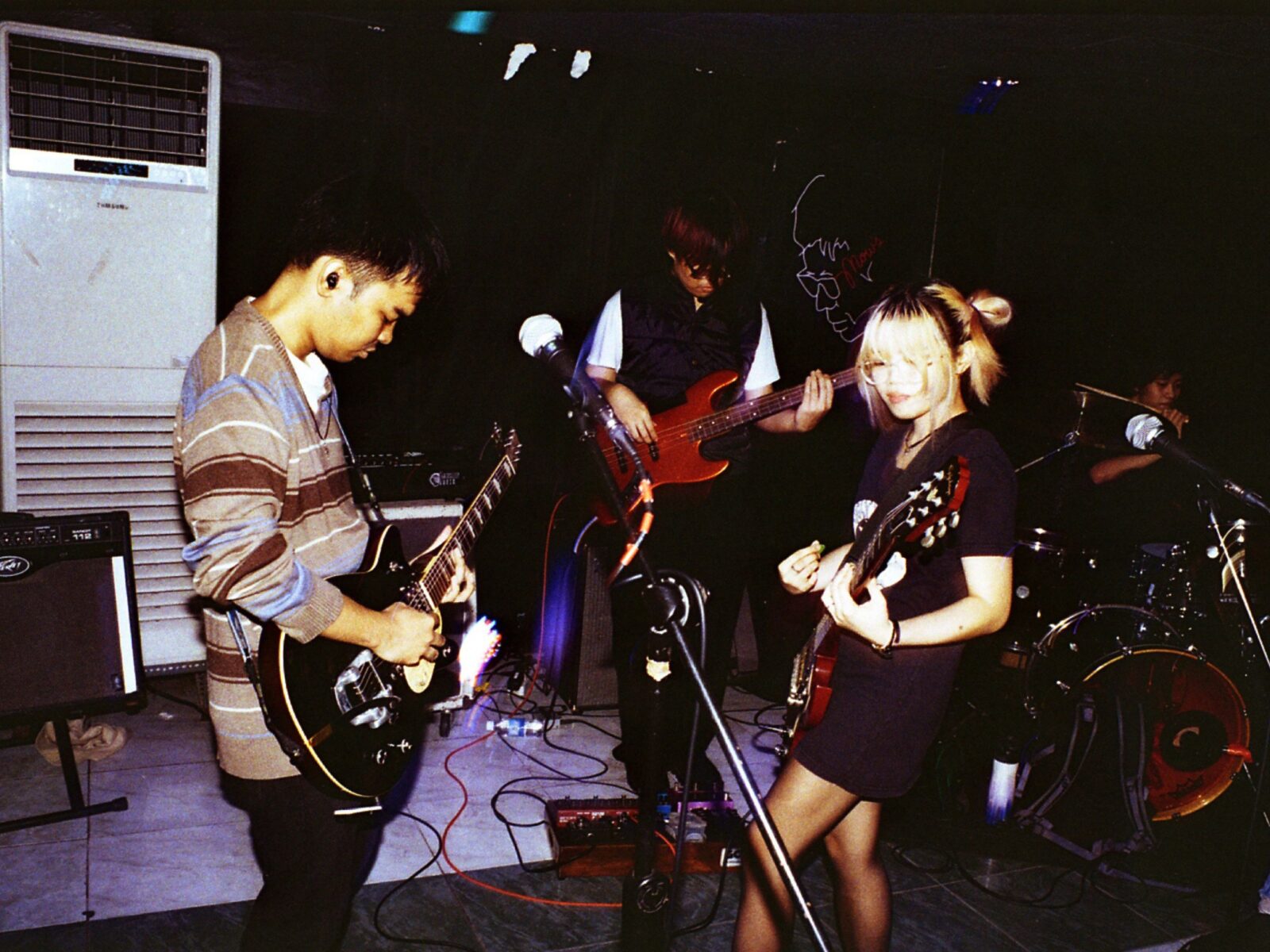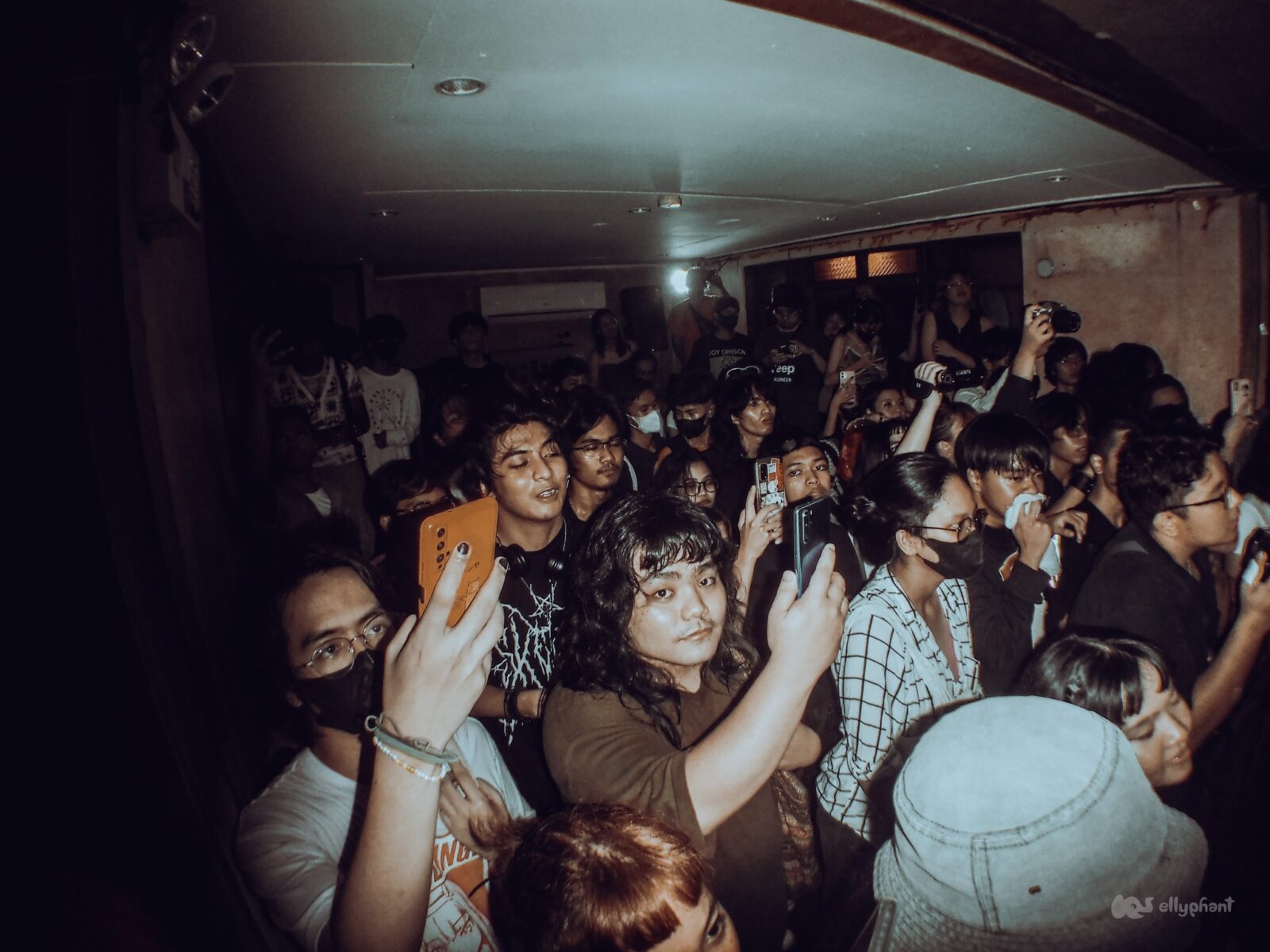The Most Popular Genre You’ve Never Heard Of: Filipino Shoegaze And Dreampop
Billboard Philippines unpacks the history of shoegaze and dreampop in the Philippines with Sonnet LVIII’s Dale Marquez and co-founders of Furiosa Sound, Romel Amoncio and Cherie Gonzales.

The Rave Tapes: Photographed by Janlor Encarnacion for Furiosa.
The Rave Tapes: Photographed by Janlor Encarnacion
If you dig around the Gen Z side of the Internet, you may hop into the rabbit hole of shoegaze and dreampop fans with over thousands of likes and followers on Facebook pages, Spotify playlists, and online groups. Take for example, APPPPC (Official), a group with nearly 500,000 members, filled with posts sharing independent music or looking for band members, many of them teenagers and young adults. Another example is Shoegaze Tagalog, a Facebook page with over 8000 followers dedicated to posting about shoegaze and dreampop bands, whose page admin also creates jewelry and accessories themed around the bands of the genre. There’s also the Shoegaze Pilipinas Facebook group, where old and new fans of the genre share new releases, gigs, and old photos from the genre’s beginnings in the country.
Offline, the buzz around shoegaze and dreampop is even more palpable. At the recently concluded Fete dela Musique Festival held last June 17, the shoegaze and dreampop stage at SaGuijo, Makati was overwhelmingly packed with attendees. Gig-goers were shoulder-to-shoulder within the venue, and because of how full the venue was, attendees were spilling out into the road outside.
With such a surge online and offline, it’s hard to believe that the shoegaze and dreampop sound has existed in the Philippines for nearly three decades, even receiving mainstream nods at the NU Rock Awards and Awit Awards.
Sonic origins
For a genre that has generally stayed under the radar, its sound is nothing less than larger than life. The hallmark of the shoegaze sound is its in-your-face and fuzzy noise, often drenched in reverb and characterized by a very lo-fi, loud, and raw mix. Shoegaze often goes hand-in-hand with dreampop, a term to describe jangly and sparkly guitar sounds, echoing vocals, and just like the term itself, dreamy melodies.
The sound that came to be known as “shoegaze” was established in the United Kingdom sometime in the late 1980s, with dreampop preceding it some years earlier with the rise of British bands like the Cocteau Twins. The Irish band My Bloody Valentine are considered to be a pioneer of the genre, especially after the release of their critically acclaimed 1991 album Loveless. The record proved to be incredibly influential even today, with Loveless ranking on lists like NME‘s 500 Greatest Albums of All Time, Pitchfork’s 50 Best Shoegaze Albums of All Time, and even on the Rolling Stone‘s 500 Greatest Albums of All Time. With the international success of My Bloody Valentine, it didn’t take long for the genre to reach the shores of the Philippines, where shoegaze bands started to prop up in the underground scene.
“[It was] very under-the-radar,” shares Dale Marquez of pioneer Filipino shoegaze band Sonnet LVIII. “Not a lot of people were aware of it in the Philippines specially in the early or mid-90’s since majority of the bands in the live circuit were alternative, or grunge, or heavy metal.”

Sonnet LVIII
Sonnet LVIII is considered to be one of first – if not the first – shoegaze bands in the Philippines. Marquez goes on to share that in 1996, the general public was “not too up-to-speed” when it came to genre. “When we guested on Francis (Reyes) Brew’s radio show [In The Raw] on NU 107 and our music was played, one of the listeners called in and described our music as a cross between Oasis and Alice in Chains.”
Sonnet LVIII later went on to receive the In The Raw Award at the 2000 NU Rock Awards, a recognition given to the best unsigned or independent bands in the music scene then.
A number of shoegaze bands propped up around the same time — Aspirin, Melody Wrench (later Avalyn), Candyaudioline, Skies of Ember, and the like. In the arena of dreampop, Sugar Hiccup was the seminal band that broke the underground sound into the mainstream, with their Oracle album winning the Best Alternative Recording at the 1996 Awit Awards, and their breakout track “Five Years” receiving the awards for Best Alternative Song and Best Alternative Performance from KATHA.
However, transforming a sound into a scene takes more than just producing music — for shoegaze to really take hold, it took a web of production houses and gig venues to provide a platform for up-and-coming bands to reach new audiences and for new audiences to discover the scene. One of those places was Buzz Night at Mayric’s, held every Wednesday.
Buzz Night was a weekly gig staged at the iconic Mayric’s, a gig venue that used to be located across the University of Santo Tomas. Mayric’s was established in the ’80s and helped launch the careers of legendary bands such as The Dawn, Eraserheads, Sandwich, The Jerks, Slapshock, Yano, The Youth, and more.
Produced by Alan Montero, Buzz Night served as a place for the louder, more “unconventional” bands (relative to those popular in the scene at the time) to perform in front of a live crowd. Montero, also a musician, set the stage for Sugar Hiccup, Soft Pillow Kisses, and other shoegaze and dreampop bands to perform live.
Beyond just Buzz Night, gig production houses like No Zone and The Awakening provided a space for these bands to flourish. Both No Zone and The Awakening staged gigs at Mayric’s, Club Dredd, The Music Museum, and even at the Valle Verde Chapel in Pasig City. Even though No Zone and The Awakening shut down their operations once Club Dredd closed down, gig venues like Mow’s and production houses like Furiosa Sound are carrying on the banner to provide a platform and introduce the genre to a younger audience.
The big fuzz
Romel Amoncio and Cherie Gonzales created Furiosa in 2017 as a space for the “misfits” in the band scene to come together and perform in front of a crowd. It served as a new home for shoegaze and dreampop bands for all over the country to perform, mostly in Mow’s Bar along Matalino Street, Quezon City.
Amoncio was particularly drawn to shoegaze after watching Buzz Night gigs when he was in college in the 90s, describing Mayric’s as the “breeding ground for the indie scene.”
“Ang hirap noon, walang Internet (It was really difficult, there wasn’t Internet)… you had to look through magazines [to find new music],” he recalls. He stumbled upon shoegaze after reading about it in an old issue of Magnet, an American music magazine that was founded in 1993. In Gonzales’ case, she was drawn to shoegaze in high school, after becoming a fan of Sugar Hiccup.
Mow’s became the homebase of Furiosa gigs, even until today. In 2018, they started organizing the shoegaze and dreampop stage of the annual music festival Fete dela Musique, bringing together new and old bands from the genre. Today, the Furiosa staff has grown to include people like Janlor Encarnacion of JLE Music, who covers independent gigs to help newer bands gain photography and videography coverage.

Suyen: Janlor Encarnacion
Both Amoncio and Gonzales share that their audiences seem to be a mix of young people and the shoegaze fans of the 1990s, and despite the difference in age, the community is still tight-knit.
“There are a lot of kids right now that have this thing about individuality,” shares Gonzales. “In a way, getting into this genre of music is expressing themselves…expressing individuality under the shoegaze or dreampop genre. It’s the genre that gives them that [sense of] individuality.”

Elly Cua
Today, the Filipino shoegaze and dreampop community has grown even bigger, especially with the help of the Internet. Dreampop bands like Megumi Acorda rack up over millions of streams online and represent the Philippines in international music lineups. Shoegaze and dreampop bands in different parts of the Philippines are also picking up momentum, like Cebu’s bedtime television and Cagayan de Oro’s KRNA. This November, Furiosa is also gearing up to stage the 2023 FuzzHeaven Shoegaze Festival in Quezon City, featuring shoegaze and dreampop bands from all over the country. With the release of Shoegaze Pilipinas’ Awanggan compilation, a collection of shoegaze and dreampop tracks from the 90s to the 2020s, the past and present converge to pave the way for the genre in the future.
“I think the world has caught up with shoegaze,” shares Marquez, to close. “With the internet, it became easier to reach audiences we couldn’t reach before. Add to the fact [that] shoegaze has influenced a variety of genres and subgenres (emo, hardcore, metal), it’s reaching a bigger audience than in the past.”